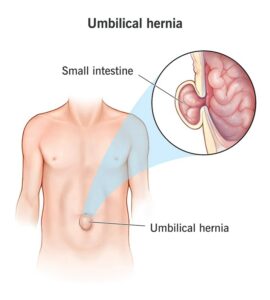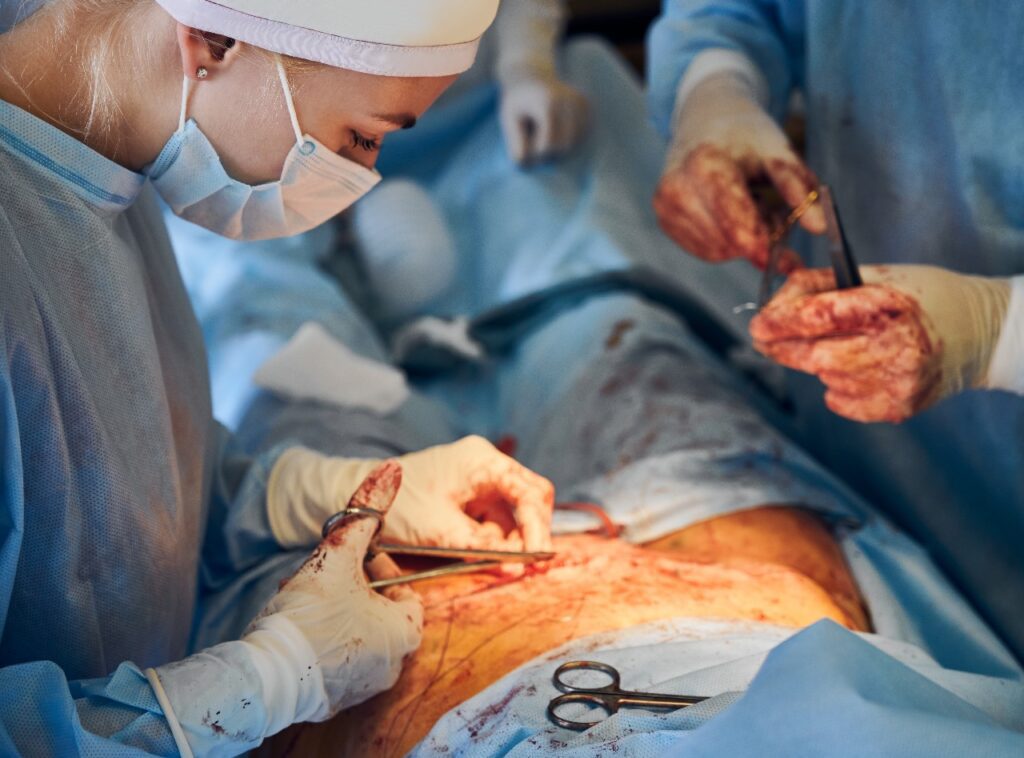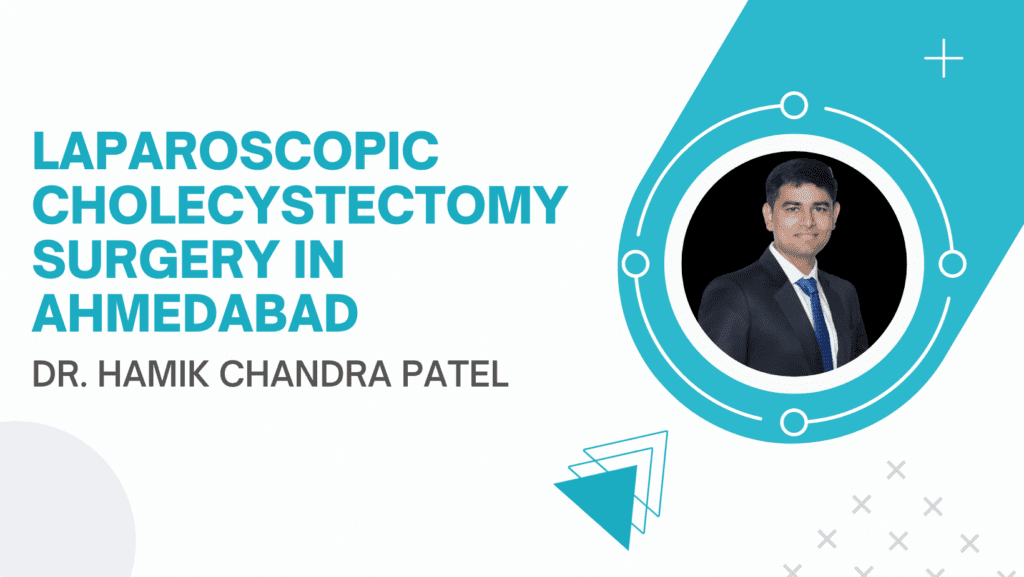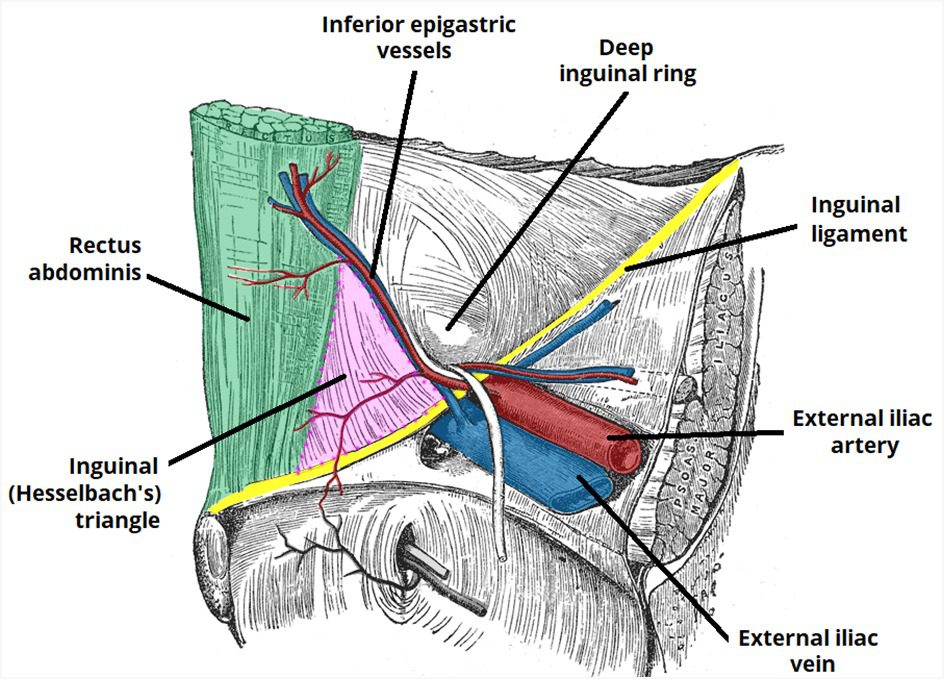How Long It Take To Recover From Hernia Surgery?

Introduction
Hernias are a common medical condition that affects millions of people worldwide. When it comes to treating hernias, surgery is often necessary to repair the weakened or torn muscles and tissues that cause the bulge. While hernia surgery is a common procedure, many patients wonder how long it takes to recover fully. In this comprehensive Blog, we'll delve into the details of hernia surgery recovery, including the hernia operation and recovery time, hernia treatment recovery time, healing hernia surgery, the hernia surgery healing process, and much more
Understanding Hernias
let's briefly understand what hernias are and why surgery might be needed. hernia occurs when an organ or fatty tissue pushes through a weak spot in the surrounding muscle or connective tissue.
Hernias can occur in various areas of the body, with some of the most common types
1. Inguinal (Groin) Hernias

2. Umbilical ( Belly Button ) Hernias

3. Hiatal ( Upper Stomach) Hernias

Hernia Surgery and Recovery Time
Hernia surgery, also known as herniorrhaphy, involves pushing the protruding organ or tissue back into place and repairing the weakened muscle or tissue. duration of hernia surgery can vary depending on the type and complexity of the hernia. Generally, hernia surgery is performed using minimally invasive techniques (laparoscopic) or traditional open surgery.

Recovery Time For Hernia Surgery Depends On Several Factors
- 1. Type of Hernia: The location and type of hernia play a significant role in determining recovery time. Inguinal hernias often have a shorter recovery period compared to larger, more complex hernias.
- 2. Surgical Technique: Laparoscopic surgery typically results in a quicker recovery compared to open surgery. Smaller incisions lead to less pain and faster healing.
- 3. Individual Health: A patient's overall health, age, and fitness level can impact recovery. Healthier individuals may recover more swiftly.
Hernia Operation Recovery Process
After hernia surgery, patients typically spend some time in the recovery room before being discharged. The immediate post-operative period involves close monitoring for any complications. Here's a general timeline for hernia recovery:
First 24 Hours: Patients are encouraged to rest and may experience some pain, swelling, and bruising at the surgical site. Pain management medications are prescribed to alleviate discomfort.
1-2 Weeks: During this period, most patients gradually resume their normal activities. It's essential to avoid heavy lifting and strenuous exercises during this time.
2-4 Weeks: Patients should be able to return to light physical activities and work, depending on their job requirements. However, it's crucial to follow the surgeon's advice regarding activity restrictions.
4-6 Weeks: By this point, patients can typically engage in more strenuous activities and exercises. The incision site should be well-healed.
Complete Recovery: Full recovery from hernia surgery can take anywhere from 6 weeks to a few months, depending on individual factors.
Hernia Surgery Before and After
Hernia surgery can bring significant relief to patients who are in discomfort and pain due to their hernia. Before the surgery, patients often experience symptoms such as a visible bulge, pain, and discomfort, which can affect their quality of life.
Initial days of surgery may involve some discomfort and restrictions, patients can expect to resume their normal activities within a few weeks to a few months. surgery offers a chance for patients to regain their quality of life and alleviate the symptoms associated with hernias. If you or a loved one is considering hernia surgery, consult with a qualified healthcare professional for personalized guidance and expectations regarding the recovery process. Remember that every individual's experience may differ.
Dr. Hamikchandra Patel Surgical Gastroenterologist of Shaleen multi-specialty hospital in Ahmedabad is Known for its commitment to providing the highest quality of care for patients who undergo hernia surgery.
Dr Hamik's surgical outcomes are higher than the national average, while complication rates remain much lower. As an Experienced surgeon, he has performed hundreds of minimally invasive hernia surgeries each year. He is known for his low complication rates, with less than one percent returning to the operating room. Book your appointment today with DR. Hamikchandra Patel
Have any Doubts or Concerns about Hernia ?
Consult Us















